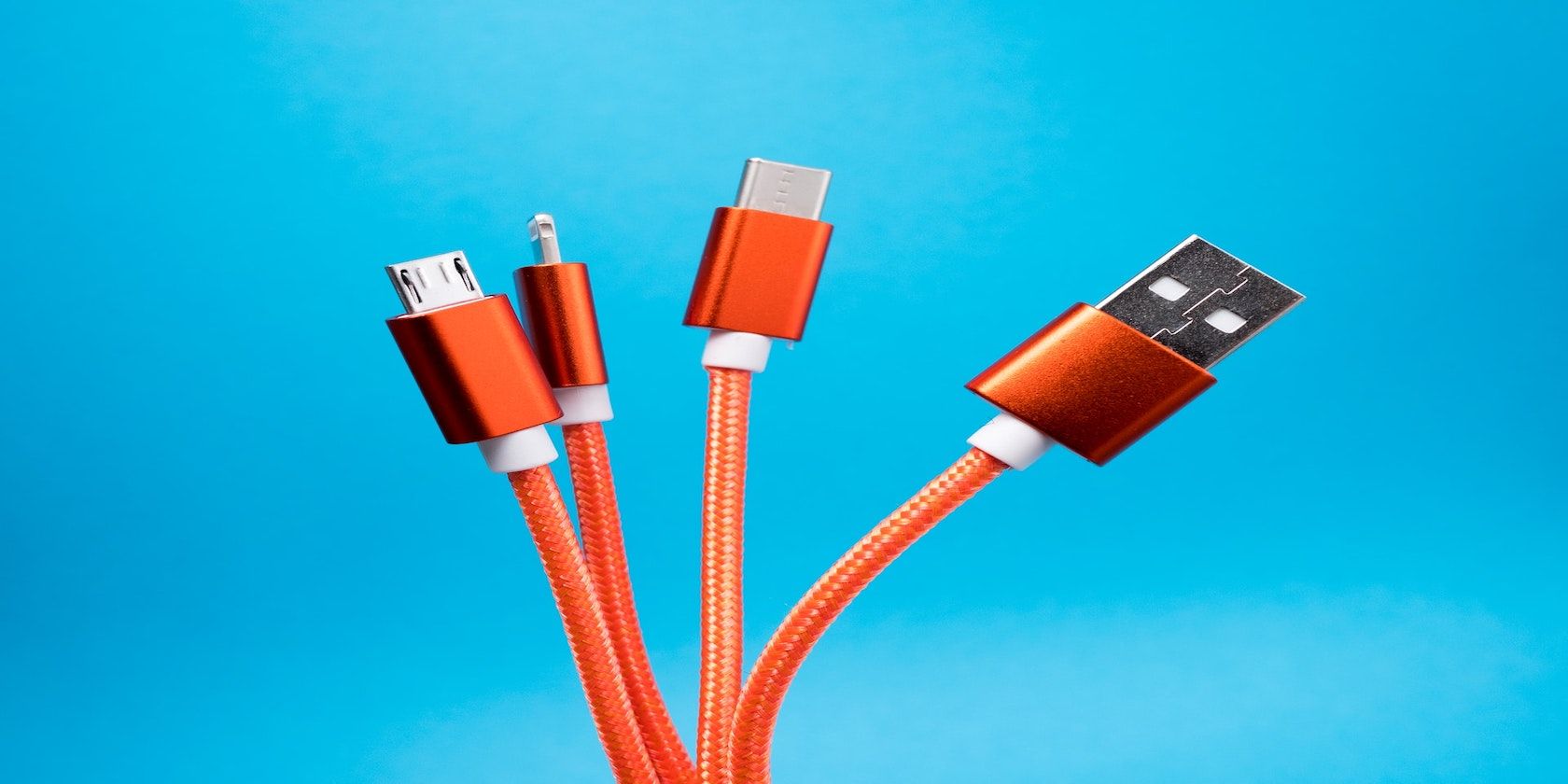The USB has brought convenience to users since its official release in 1996. However, things have changed from the early days. There are now multiple USB connectivity standards, which can lead to confusion. The introduction of a new USB version, USB 4.0, could help to reduce this confusion.
USB stands for Universal Serial Bus and refers to the plug-and-play interface that enables a computer to communicate with peripherals and other devices. It is quick and convenient.
So what exactly is USB 4.0, and does it differ from USB Type-C?.
What Is USB-C?
USB-C refers to one of the three predominant standard USB types (Type A, Type B, and Type C). USB-C connectors are very different from other USB connectors for several reasons. The main difference is that USB-C connectors can be inserted in any orientation and still function, whereas traditional USB Type-A ports cannot.
Additionally, USB-C connectors can provide greater power than their earlier counterparts (up to 3A per port) because USB-C utilizes more connections.
So how does USB-C relate to USB 4.0?
What Is USB 4.0?
USB 4.0 is described as the next generation of USB. Announced in 2019, it promises to provide significantly faster transfer speeds, better port usage, and the ability to provide tunneling of display ports and PCIe to external devices.
USB 4.0 utilizes a single standard connector (USB-C) and brings multiple connectivity standards together. USB 4.0 also ensures backward compatibility with almost all previous standard inputs, including USB 3.0 and USB 2.0.
The first computers with USB 4.0 connectivity arrived towards the end of 2020. It is expected that more laptops and desktops equipped with it will emerge in 2021 and beyond.
Now that there is an understanding of the technical background of USB 4.0 and USB-C, the final question is, what is the difference between USB 4.0 and USB-C?
What's the Difference Between USB 4.0 and USB-C?
The main and most obvious difference between USB 4.0 and USB-C is that USB-C is a type of USB cable.
This refers to the physical design of the connectors and ports whilst USB 4.0 deals with the functionality and speed of the USB cable. To put it simply, USB 4.0 is the latest version of USB that is being housed within a USB-C cable.
Another difference is that the physical USB-C connector itself is not backward compatible, but the underlying USB standard is. You cannot plug older USB devices into a modern, tiny USB-C port.
Neither can a USB-C connector be connected to an older, larger USB port. USB 4.0, on the other hand, has fewer limitations and fully supports backward compatibility with older versions.
USB 4.0 makes data transfer speeds of 20 Gbps and 40 Gbps possible. This is a lot faster than most devices can achieve with USB-C. The dual-line cables of USB 4.0 have a higher bandwidth than previous versions, allowing more data to travel between two devices, which improves the data transfer speed,
What Is USB PD?
USB PD (USB Power Delivery) is a specification used to handle higher power and quickly and effectively charge a range of devices over a USB connection.
Unlike USB-C, which doesn't always comply with USB PD specifications, every USB 4.0 connection will comply with USB PD. This ensures that USB 4.0 keeps different types of devices powered up, providing the host devices have enough power to begin with.
USB 4.0 Is the Future of USB Connections
With the universal nature of the USB-C cable and the efficiency of USB 4.0 combined, the future is surely bright for USB devices. USB 4.0 is speculated to be "the death of traditional USB ports."
As USB 4.0 capable laptops have already begun to roll out, there will be a steady decline in the use of older versions and USB types, with USB 4.0 and USB-C establishing a prominent position at the top.

